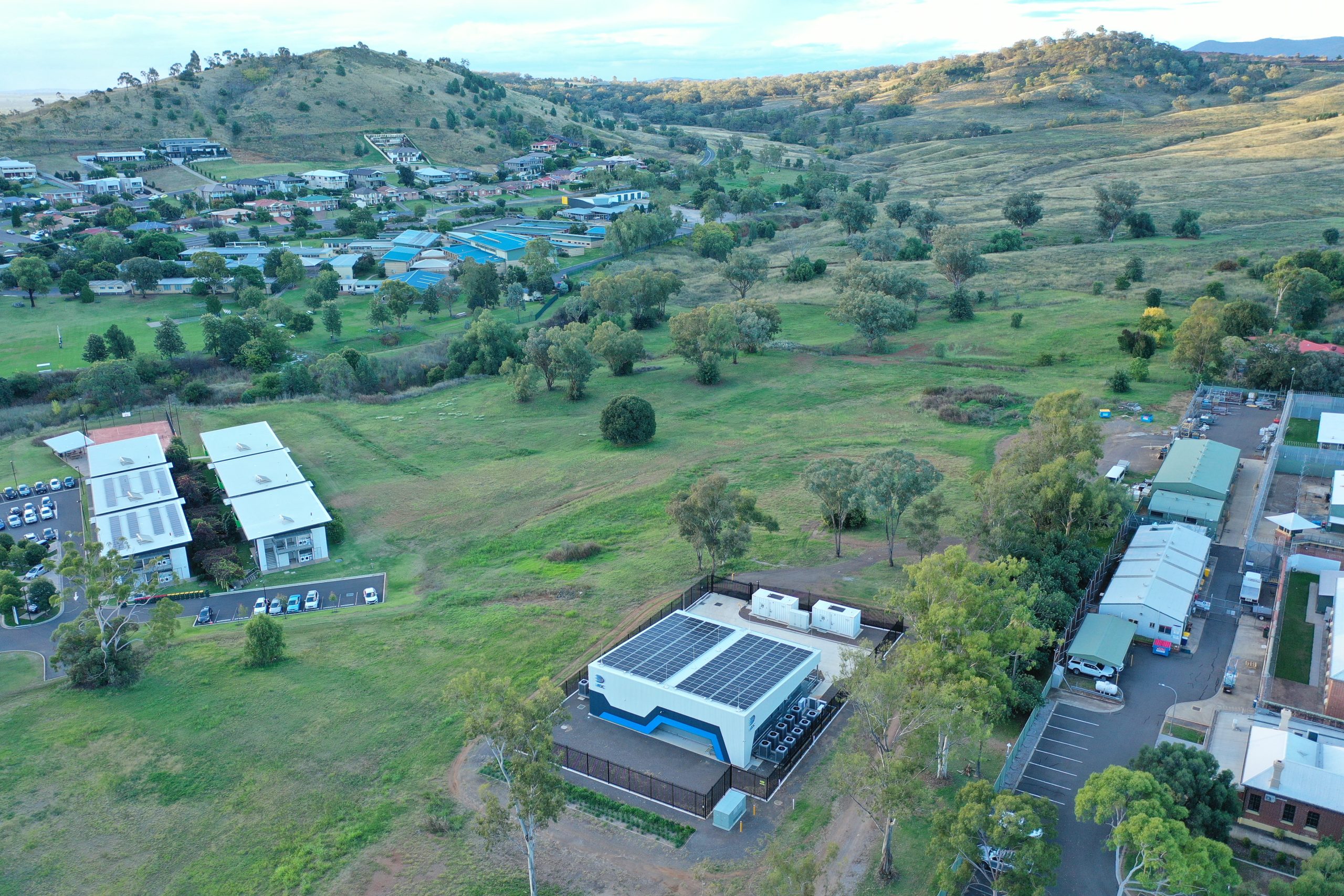Hybrid at the Edge

by Daniel Lawrence, Director, Enterprise Markets at Leading Edge Data Centres
Welcome to our Hybrid Edge Series. In our last blog, we explored the definition of Hybrid and why a company would want to use Hybrid Cloud. In this article, we discuss Hybrid at the Edge, and provide three models for how Regional companies can take advantage of Hybrid Cloud.
Accessing the cloud in Australia is easy from Metropolitan cities, with cloud vendors and data centres available across the city. But the cloud lives in metropolitan, and this means that Regional businesses in Australia struggle with Cloud connectivity, suffering from high latency, lack of connectivity options and expensive backhaul. But now that Edge data centres are being built in the Regions, a new opportunity arises where Regional businesses are now able to access the cloud on their doorstep. The question arises – when your company has always managed your infrastructure on-premise, what is the best way to take advantage of the cloud when a data centre arrives in your city? The answer is Hybrid Cloud.
Hybrid cloud refers to a mixed technology environment made up of on-premises infrastructure, private cloud services, and a public cloud—such as AWS, Azure or IBM Cloud — with orchestration among the various platforms. Having a combination of these services enables a company to take advantage of better expenditure management, scalability and security.
Now that Regional businesses will be able to create their own Hybrid clouds, new opportunities arise to introduce digital agility. Businesses can use a Private cloud in any environment where they need a great user experience – and use Public Cloud for cost-effective non-essential applications. But what is the best approach to Hybrid on the Edge? And how can you structure that to work with your environment?
It’s all in the planning
Across Regional Australia, most businesses use a combination on-premises servers with Microsoft 365. But hosting servers in your office introduces a huge set of risks, including security, flooding, electricity outages and fires. Therefore, moving these servers into a local data centre or a Private cloud hosted in the data centre is a very attractive option for Regional Businesses.
The benefits of using Cloud are very clear and have been researched thoroughly. In a recent study, ADAPT have shown that the benefits of cloud are around cost savings, scalability, agility and reducing reliance on legacy systems and vendors.
Challenges of migrating to the cloud
It is important to note that there are challenges as a company transitions their infrastructure to the cloud which arise that need to be addressed. In ADAPT’s survey, businesses using Public cloud often experience ‘bill shock’ with 60% higher expected cost of Cloud operations. They also have found Architectural challenges when the entire system wasn’t designed or planned ahead of time. There is also a cost of migration from on-premises to DC / Cloud, which needs to be taken into account when planning your Hybrid cloud migration.
Three Edge Hybrid Models That Could Work for You
1. Local Private Cloud in DC + Public Cloud in major metro
Work with a private cloud provider who maintains a local instance of their cloud in the Data Centre locally. Migrate your current physical production environment into their virtual environment and take advantage of a direct cloud connection to Hyperscale public clouds locate in the closest major metro for their cheap and cheerful storage and DR services.
2. DC Production facility + Public Cloud in major metro
With a local DC and connectivity available from a number for telcos you can either lift and shift your existing hardware into the closest LEDC facility saving providing you with guaranteed uptime and security for your equipment. Or refresh your hardware and migrate your current production environment to your new facility with low latency, high capacity, affordable connectivity. Once in the facitility take advantage of the direct connectivity to Hyperscale public cloud where you can leverage cost effective storage and DR services.
3. DR in local DC + Local Private Cloud
Keep your Production environment on your premise, use a backup application such as Veeam for backup into a Private Cloud hosted within a local DC. Connecting locally to the application allows you to restore your environment in a realistic timeframe. Or if operating remotely from your DR environment there will be far less latency derived issues. This is a secure, low-cost entry into creating your Hybrid Edge Solution
So, what next?
When you’ve made the decision to go with Hybrid cloud, you need to create and execute on a clear plan. Here’s what you need to do:
1. Architect the destination. Think open, multi-cloud, hybrid cloud. Your business will live with the decisions you make today for years. Think through which of your workloads fit best in the public cloud, private cloud, and traditional IT environments. Avoid both environment lock-in and vendor lock-in, and reassess approaches that might not survive as standards and technologies evolve.
2. Sequence the journey. Avoid “ready, fire, aim” approaches. Lay out a careful, clear roadmap of what you want to do and in what order. You may experience pressure to skip ahead without building a solid, open foundation. Resist it.
3. Mobilize the right skills and assets. Draw upon talent within and outside your enterprise. It’s important to develop and maintain in-house skills, but working with trusted third-party services providers, enabled by greater interoperability, can help bridge short-term gaps while reducing fixed costs. According to an IBM Cloud survey, in Australia, the use of vendors to help manage clouds is expected to increase 26 percent within the next three years.
4. Manage to clear outcomes. Establish meaningful qualitative and quantitative measurements and be tenacious in holding to them. Remain flexible and incorporate new technologies as they emerge. Always stay true to your business, architectural, and technical principles.
This hybrid cloud is close to users and provides much better experiences for both businesses and their customers. Now is the time to take advantage of Hybrid cloud solutions. You’ll experience lower latency using a Private cloud, and reduce the CAPEX and risk of having own equipment on premise – all with the ability to use Public Cloud as needed. It’s a win-win.









